Remote Sensing, Free Full-Text
Por um escritor misterioso
Last updated 01 novembro 2024
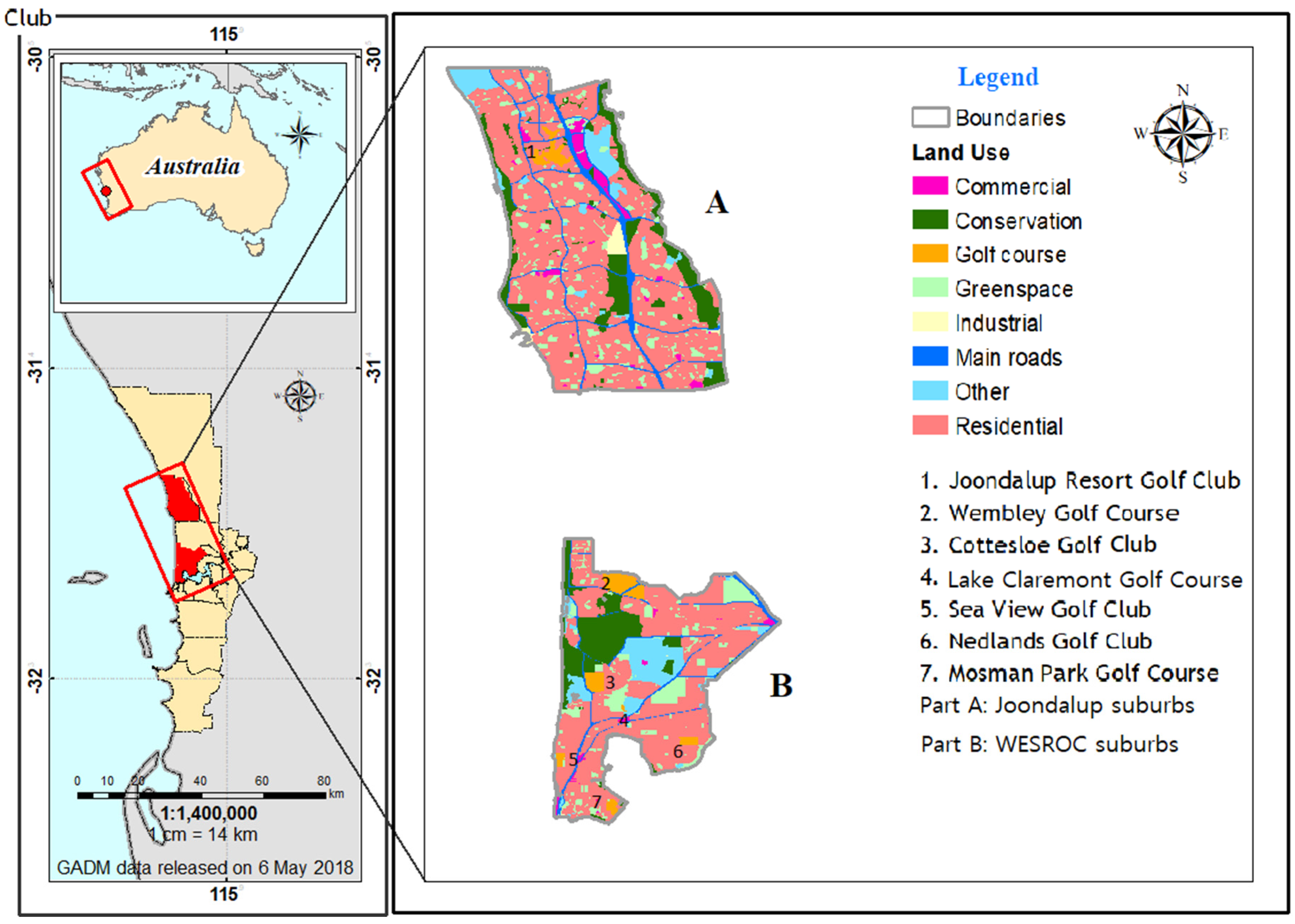
Increased heat in urban environments, from the combined effects of climate change and land use/land cover change, is one of the most severe problems confronting cities and urban residents worldwide, and requires urgent resolution. While large urban green spaces such as parks and nature reserves are widely recognized for their benefits in mitigating urban heat islands (UHIs), the benefit of urban golf courses is less established. This is the first study to combine remote sensing of golf courses with Morphological Spatial Pattern Analysis (MSPA) of vegetation cover. Using ArborCamTM multispectral, high-resolution airborne imagery (0.3 × 0.3 m), this study develops an approach that assesses the role of golf courses in reducing urban land surface temperature (LST) relative to other urban land-uses in Perth, Australia, and identifies factors that influence cooling. The study revealed that urban golf courses had the second lowest LST (around 31 °C) after conservation land (30 °C), compared to industrial, residential, and main road land uses, which ranged from 35 to 37 °C. They thus have a strong capacity for summer urban heat mitigation. Within the golf courses, distance to water bodies and vegetation structure are important factors contributing to cooling effects. Green spaces comprising tall trees (>10 m) and large vegetation patches have strong effects in reducing LST. This suggests that increasing the proportion of large trees, and increasing vegetation connectivity within golf courses and with other local green spaces, can decrease urban LST, thus providing benefits for urban residents. Moreover, as golf courses are useful for biodiversity conservation, planning for new golf course development should embrace the retention of native vegetation and linkages to conservation corridors.
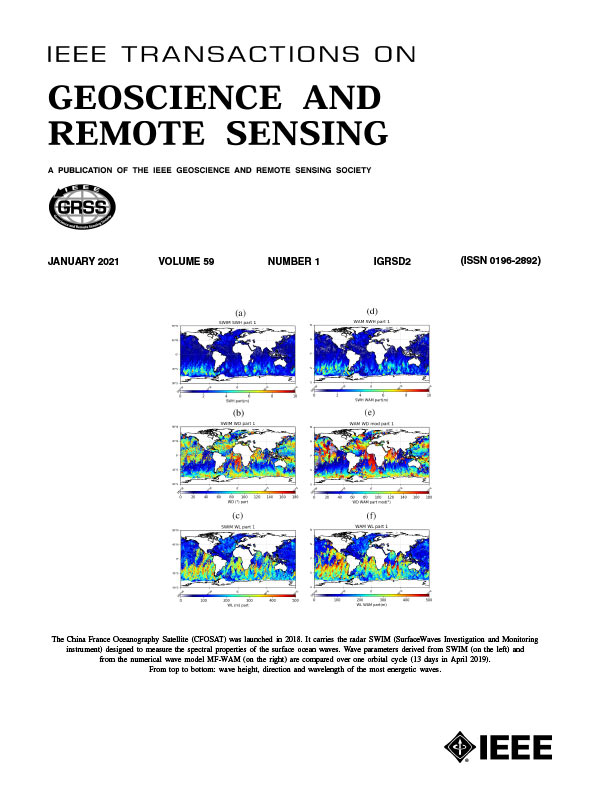
Transactions on Geoscience & Remote Sensing - GRSS-IEEE
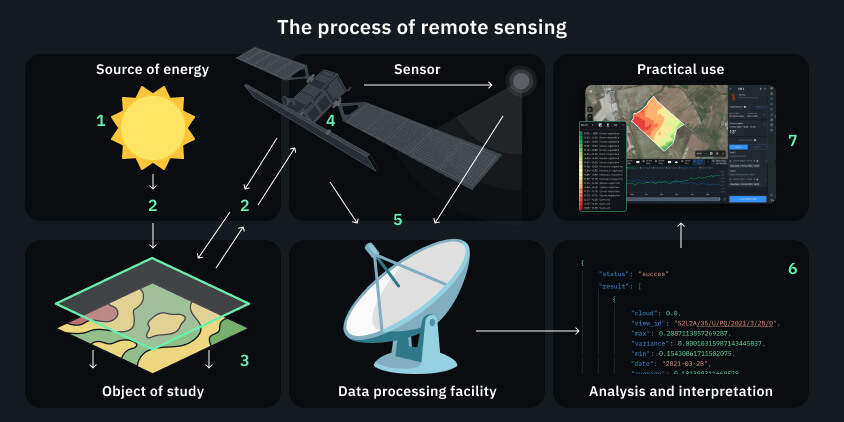
Remote Sensing By Satellite: Physical Basis, Principles, & Uses
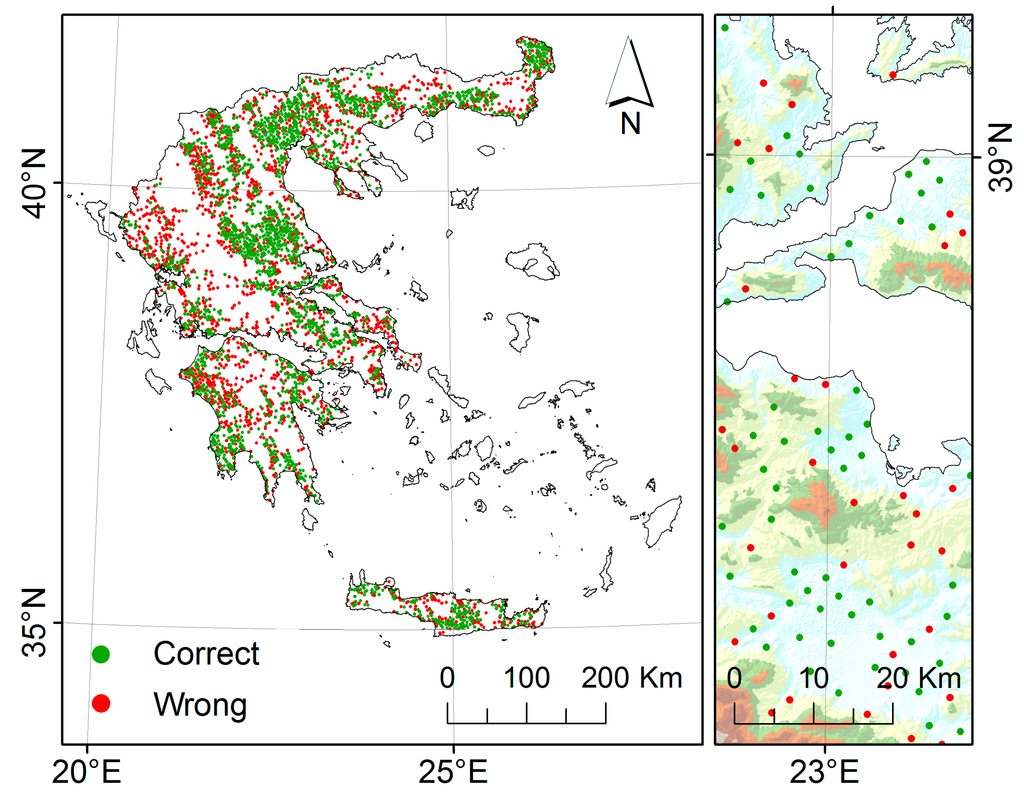
Remote Sensing, Free Full-Text
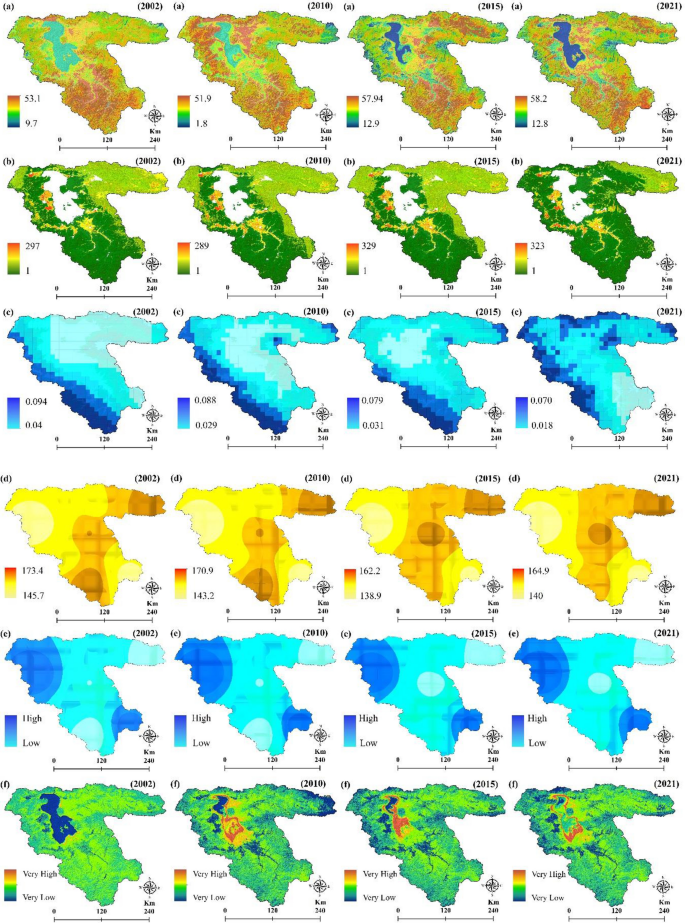
An integrated approach of remote sensing and geospatial analysis for modeling and predicting the impacts of climate change on food security
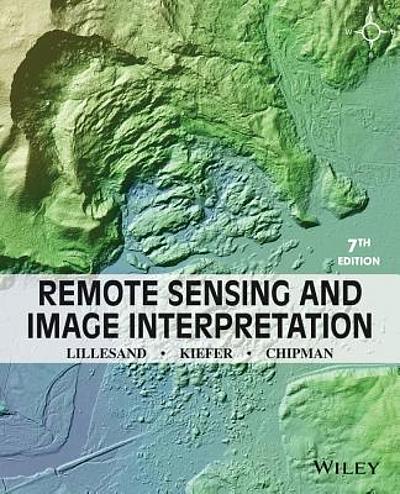
Remote sensing and image interpretation
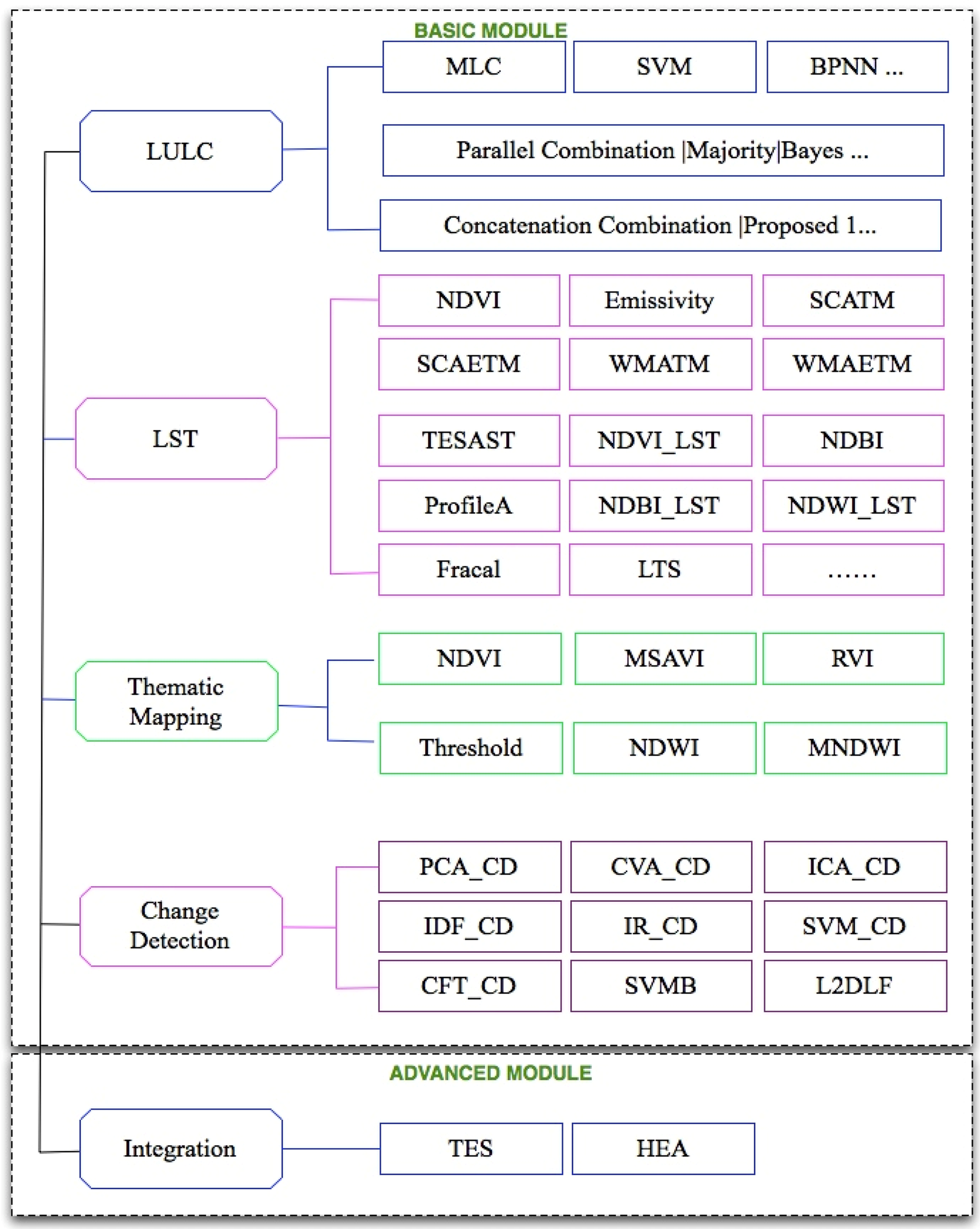
Remote Sensing, Free Full-Text

PDF) REMOTE SENSING

Remote Sensing and Image Interpretation by Lillesand, Thomas

Coral Reef Bleaching, Page 2
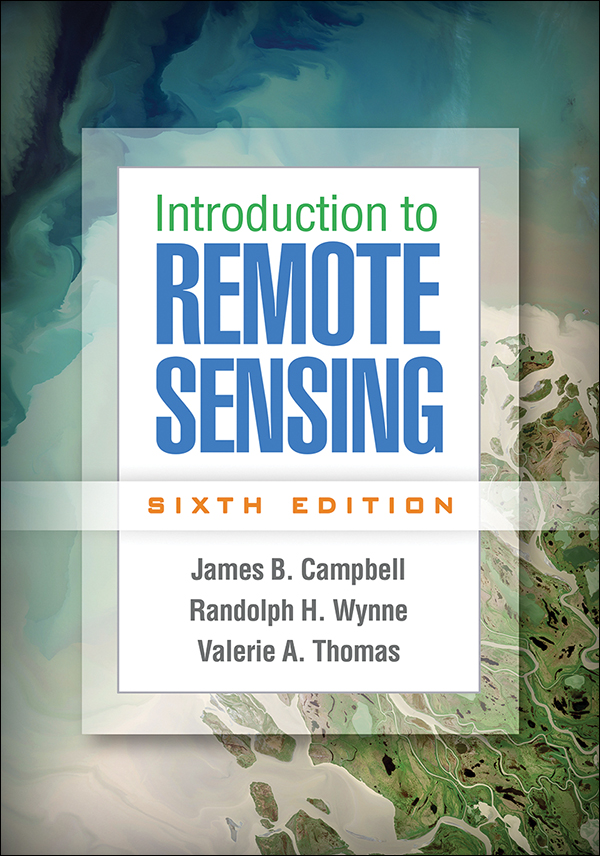
Introduction to Remote Sensing: Sixth Edition

Benefits and limitations of remote sensing data to forest structure and
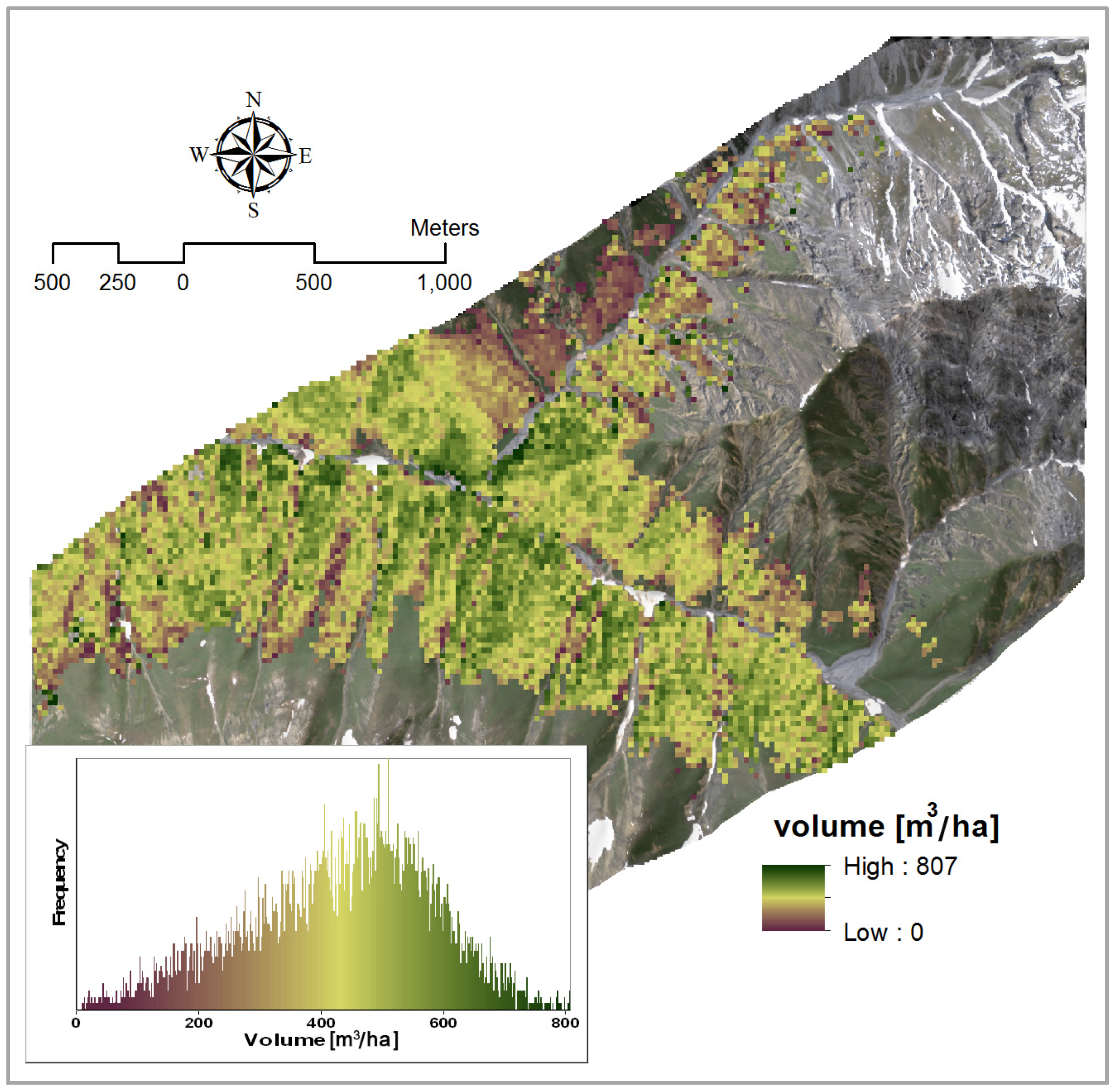
Remote Sensing, Free Full-Text
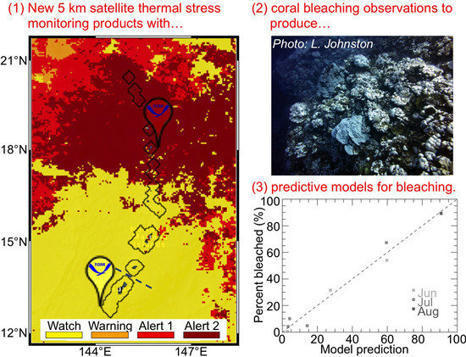
IRS 1A Applications For Coastal Marine Resource
Recomendado para você
-
club Smart APK (Android App) - Baixar Grátis01 novembro 2024
-
 Baixar ClubApp Smart recente 2.2.2 Android APK01 novembro 2024
Baixar ClubApp Smart recente 2.2.2 Android APK01 novembro 2024 -
 Adenosine Receptor Antagonists: Translating Medicinal Chemistry and Pharmacology into Clinical Utility01 novembro 2024
Adenosine Receptor Antagonists: Translating Medicinal Chemistry and Pharmacology into Clinical Utility01 novembro 2024 -
 Promotion Suite Pro for Magento 201 novembro 2024
Promotion Suite Pro for Magento 201 novembro 2024 -
 Scale‐dependent effects of marine subsidies on the island biogeographic patterns of plants - Obrist - 2022 - Ecology and Evolution - Wiley Online Library01 novembro 2024
Scale‐dependent effects of marine subsidies on the island biogeographic patterns of plants - Obrist - 2022 - Ecology and Evolution - Wiley Online Library01 novembro 2024 -
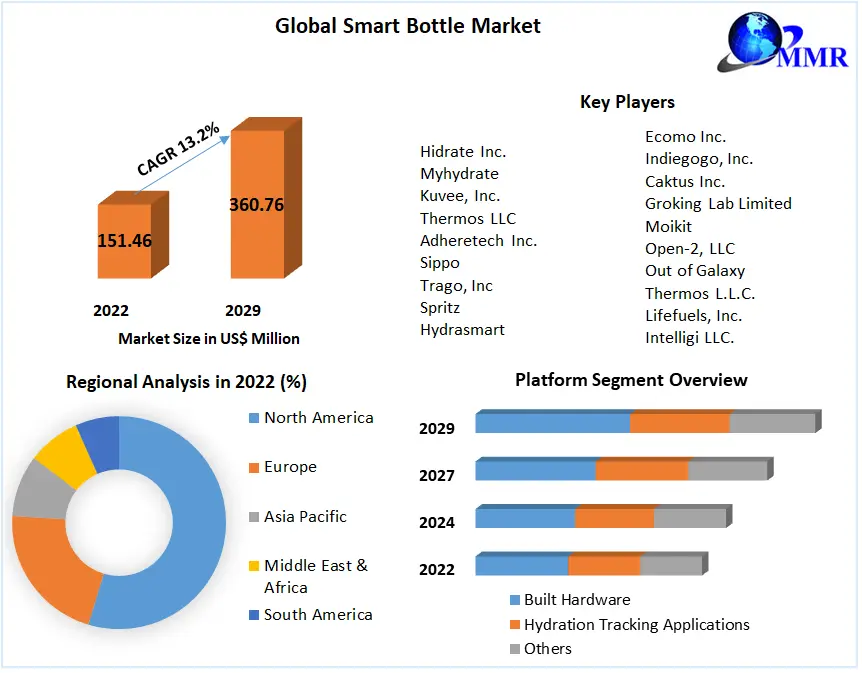 Smart Bottle Market: Global Industry Analysis and Forecast01 novembro 2024
Smart Bottle Market: Global Industry Analysis and Forecast01 novembro 2024 -
 Dating the Paleolithic: Trapped charge methods and amino acid geochronology01 novembro 2024
Dating the Paleolithic: Trapped charge methods and amino acid geochronology01 novembro 2024 -
 Code Of Ethics In Construction Industry01 novembro 2024
Code Of Ethics In Construction Industry01 novembro 2024 -
 Protein electrostatics: From computational and structural analysis to discovery of functional fingerprints and biotechnological design - Computational and Structural Biotechnology Journal01 novembro 2024
Protein electrostatics: From computational and structural analysis to discovery of functional fingerprints and biotechnological design - Computational and Structural Biotechnology Journal01 novembro 2024 -
 Operating Systems (printouts)01 novembro 2024
Operating Systems (printouts)01 novembro 2024
você pode gostar
-
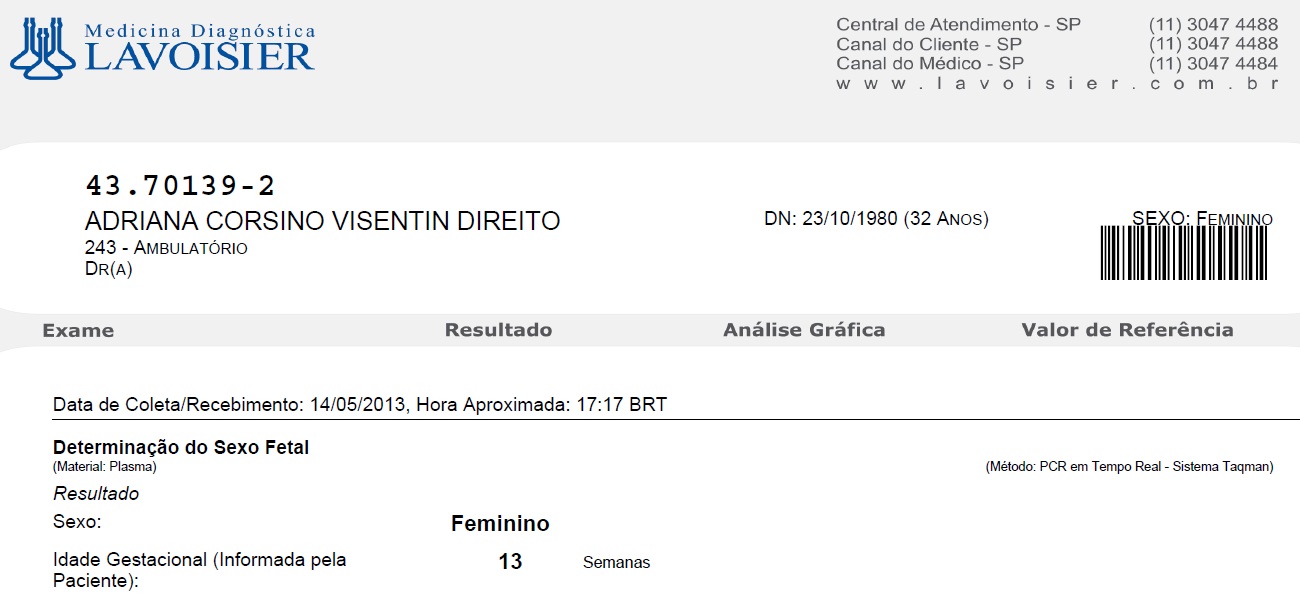 Drix e Léo - Mamãe e Papai de Primeira Viagem: 201301 novembro 2024
Drix e Léo - Mamãe e Papai de Primeira Viagem: 201301 novembro 2024 -
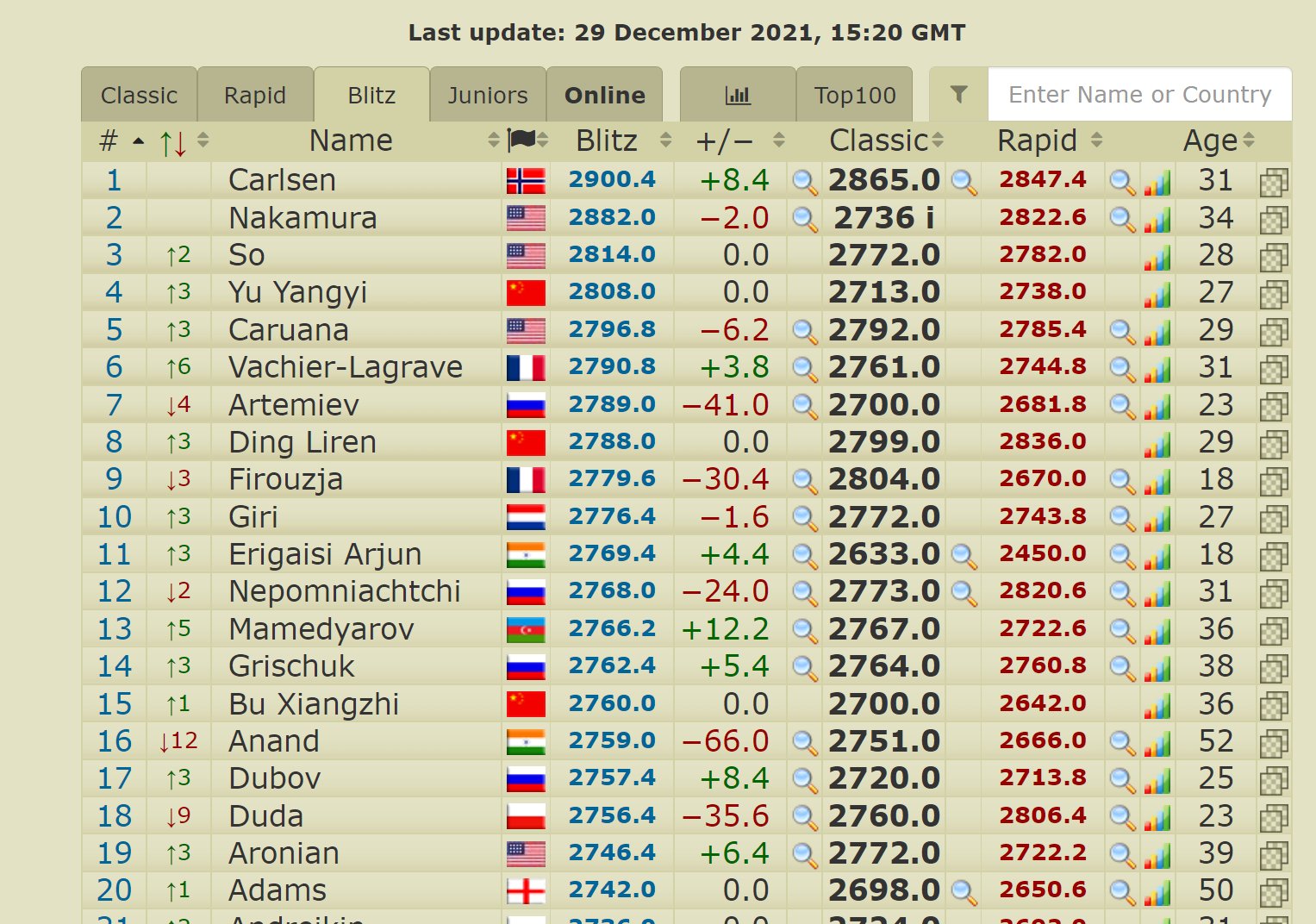 Chess.com Community on X: BREAKING: @MagnusCarlsen has just touched 2900 on the live ratings in the blitz category! Source: @2700chess / X01 novembro 2024
Chess.com Community on X: BREAKING: @MagnusCarlsen has just touched 2900 on the live ratings in the blitz category! Source: @2700chess / X01 novembro 2024 -
 Diniz: novo técnico do Brasil tem 'aval' de Neymar e já foi elogiado01 novembro 2024
Diniz: novo técnico do Brasil tem 'aval' de Neymar e já foi elogiado01 novembro 2024 -
 Yandere Simulator Osana Najimi (Uniform 6) Hemmed Mouse Mat for01 novembro 2024
Yandere Simulator Osana Najimi (Uniform 6) Hemmed Mouse Mat for01 novembro 2024 -
 Natsu Dragneel, Daily Anime Art01 novembro 2024
Natsu Dragneel, Daily Anime Art01 novembro 2024 -
 Campeã do US Open treina com Seleção Brasileira de tênis em cadeira de rodas no CT visando vaga para Paris 2024 - CPB01 novembro 2024
Campeã do US Open treina com Seleção Brasileira de tênis em cadeira de rodas no CT visando vaga para Paris 2024 - CPB01 novembro 2024 -
Screech and halt use the crucifix on el goblino01 novembro 2024
-
 Hospital Hospital Cruz Azul - Convênios, contatos e mais!01 novembro 2024
Hospital Hospital Cruz Azul - Convênios, contatos e mais!01 novembro 2024 -
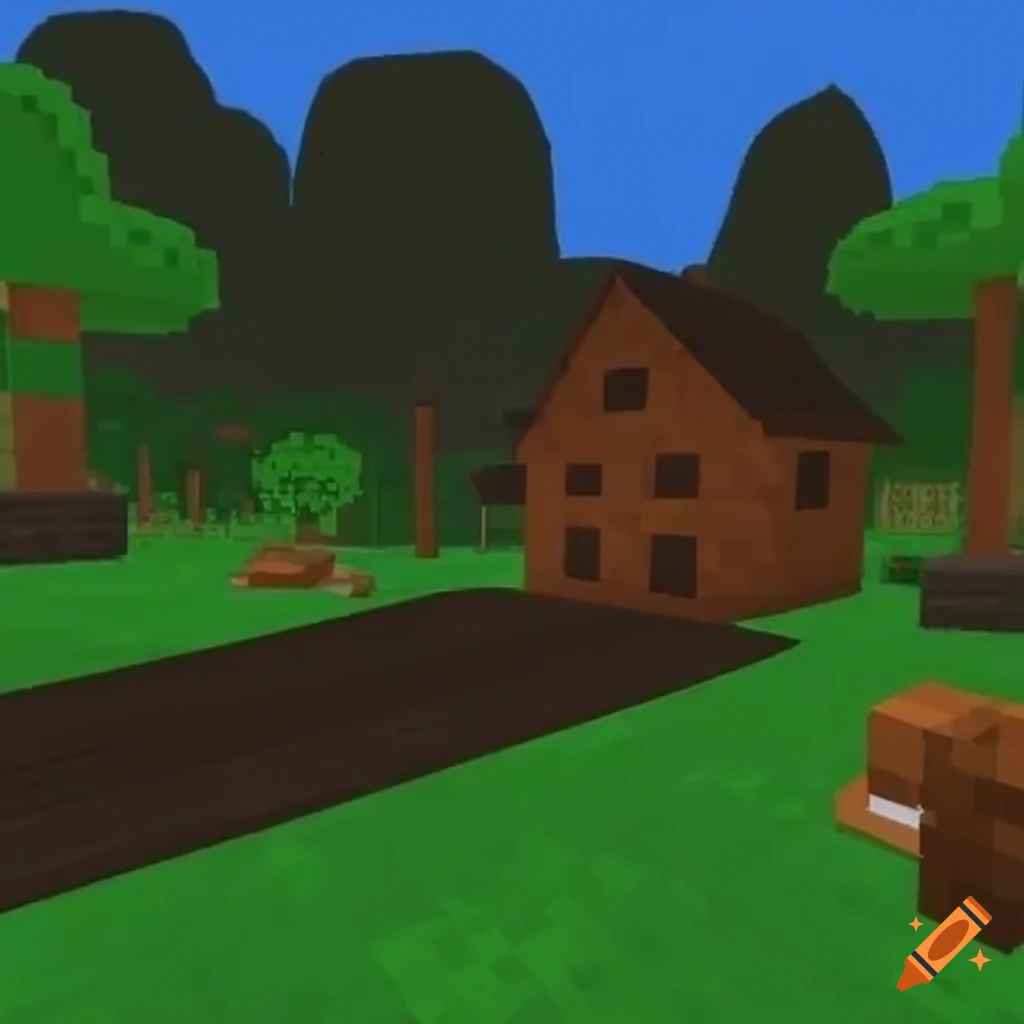 Simple resource packs01 novembro 2024
Simple resource packs01 novembro 2024 -
 Saveiro cross rebaixada com rodas aro 2001 novembro 2024
Saveiro cross rebaixada com rodas aro 2001 novembro 2024
